A visit to The Petersen House, where President Abraham Lincoln died after being shot
It slowly registered that the woman standing next to me was quietly sobbing. As I turned, she was holding her face in her hands, and I could see the slight trembling movement of her shoulders.
That crying woman was my lovely wife, Laureen.
At 7:22 a.m. on April 15, 1865, Abraham Lincoln breathed for the last time. The 16th President of the United States had unintentionally ended his administration - an administration that had taken on the most terrible and divisive time in the young country’s existence.
The Civil War.
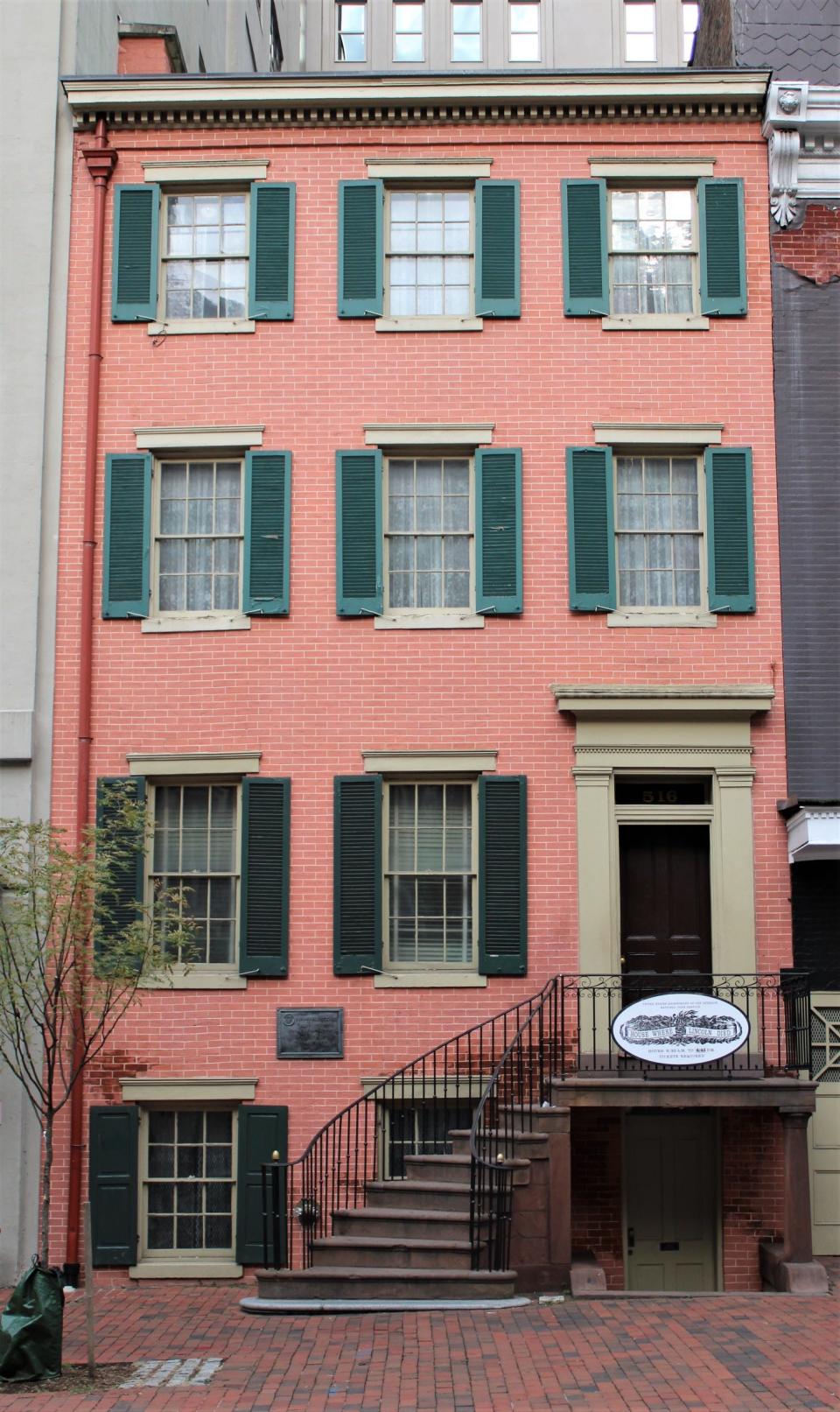
The previous evening, a man who wanted to be a hero for a lost cause had cowardly and callously shot President Lincoln in the back of the head at Ford’s Theatre in Washington, D.C., at 10 p.m.
Theatergoers panicked as the realization struck them of the tragedy that had taken place near the end of the play Our American Cousin, some gathering their senses as they realized the president had to be moved from the theater.
One report suggested that a few close friends of the president had said that it would not be suitable for the man to die in a place where actors frolicked on stage.
As President Lincoln was carried out of Ford’s Theater, a man in the street suddenly yelled to the crowd to bring the wounded man into the Petersen House, which was directly across the street from the theater.
As we visited our nation’s capital, we stopped by Ford’s Theater and walked across the street to the Petersen House, where President Lincoln had perished.
It is a narrow 19th-century federal-style row house - not sure what all that means, located at 516 10th Street.
The one-time boarding house has a faded red brick exterior and stands three stories tall, with a partial basement on a fourth floor. Each floor features three windows looking out upon 10th Street and Ford’s Theater. The building is enhanced by a beautifully crafted marble frame encasing the front door and a slightly curved black wrought iron banister that borders the multiple steps leading to the house.
Pleasant enough to gander at, the craftsmanship during that period was truly remarkable. The Petersen House looked like a place anyone may want to stay while conducting business in Washington, D.C.
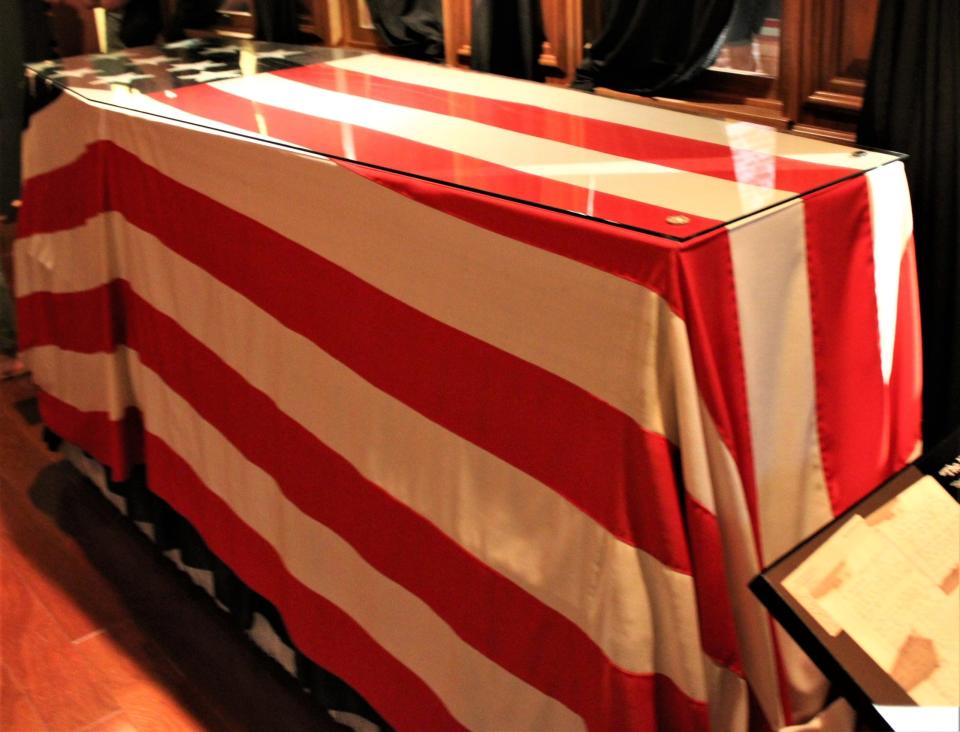
As I described in a previous article, Washington, D.C., was a relatively small town, and people tended to know one another in the 1860s.
Perhaps they did not know each other well, but as I delved into the town's history, it seemed there were more coincidences than not.
In 1849, William A. Petersen, a German tailor, built the house as a single residence and subsequently rented it in 1852 to John C. Breckinridge. Breckinridge would later serve as Vice-President under President James Buchanan from 1857 until 1861.
Breckinridge was personal friends with the Lincolns.
Coincidence?
Breckinridge would serve as a State Senator from Kentucky until he was booted from the senate after joining the Southern cause and later became the Secretary of War for the Confederate States of America.
In 1865, the residence was divided into many bedrooms and served as a boarding house for visiting guests. Guests such as John Wilkes Booth, assassin of President Abraham Lincoln, had slept on the same bed that a month later would become the President’s deathbed.
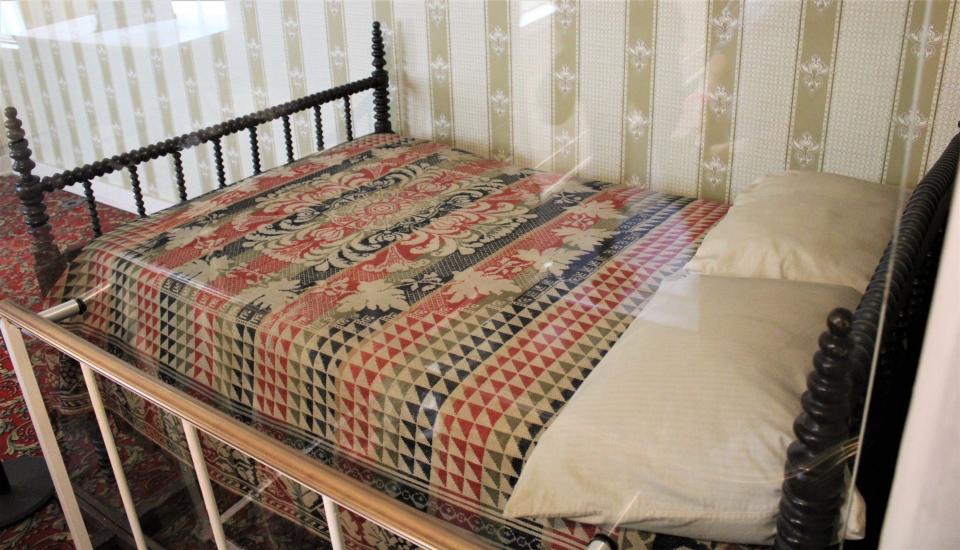
The Petersen House became a museum in the 1930s, and to this day, it attracts tens of thousands of visitors who want to wander the house, remembering the tragic events that had occurred there so many years ago.
Climbing the stairs and entering the home, a quiet respect seemed to fall upon the tourists awaiting their turn to tour the rooms. We walked through the room where Mary Todd received the news—where his Cabinet waited. Then we moved to another room.
I walked slightly ahead of my wife. As she entered, I was standing in that fateful room, and I could feel something was a little off.
“What’s wrong?” I asked Laureen while turning toward her.
“This is the room, isn’t it?” She shuddered a bit. “It’s so dark and heavy here.”
Glancing around, I could see well. Early afternoon, light was streaming through the exterior windows; even lamps were turned on in each room we had hiked through.
Nothing dark or heavy.
“Can you see my fingers in front of your face?”
With a large sigh, Laureen looked at me. “There’s an energy here, and it’s unfortunate, maybe even scared.”
We had been standing in front of the bed where President Lincoln had died. It was nothing fancy, just a wooden frame with a simple mattress and relatively short for a 6-foot-4 man to lay on during his last moments.
Then again, do we choose where and when we will die?
It was a solemn scene and one deserving nothing but respect. Our nation's history changed on the morning of April 15, 1865.
“I have to leave,” Laureen said.
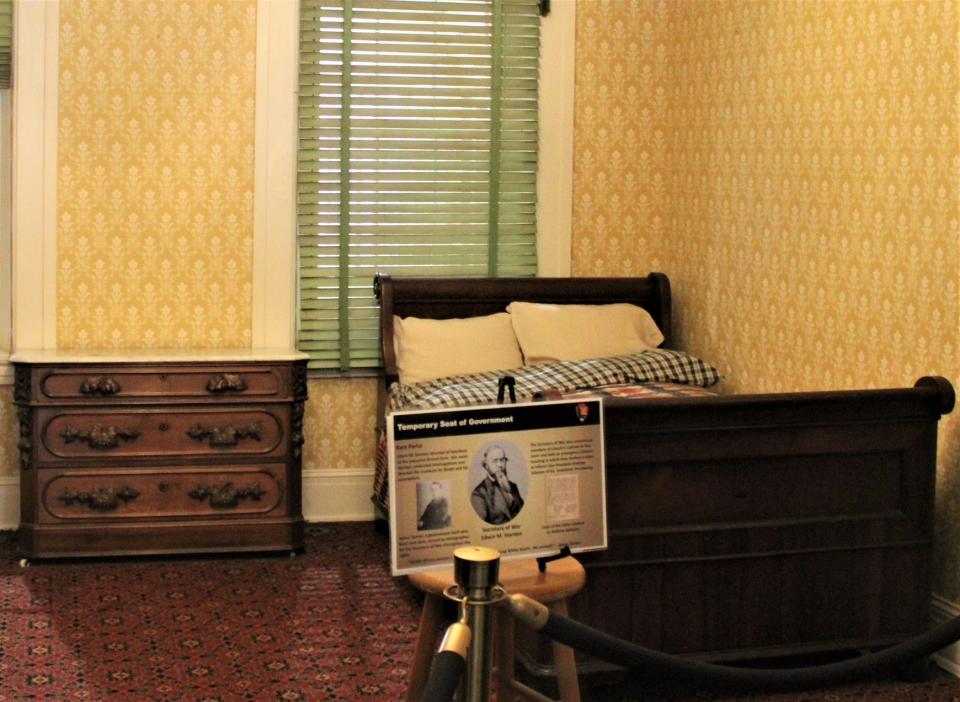
Suddenly, she stopped in her tracks, and I reached out.
“Something just tugged at my right shoulder. It seemed to say, ‘Don’t leave.’”
I looked around and realized we were the only ones in that historic room.
And I knew I had not grabbed Laureen or whispered into her ear.
I wouldn’t share it in a newspaper column even if I had. Certain things are secret among married couples.
Another group of tourists was coming into the bedroom where Lincoln’s last eternal sleep happened, and I gently ushered Laureen onto the main hallway by the elevator.
“You okay?” I asked, though seeing the tears flowing, I knew better.
I led her out of the room as she dabbed her eyes and nodded. It was some time before she spoke. “That was powerful. I felt like I was tugged on, twice, with an overwhelming sense of sorrow, and someone asking, begging me not to leave - they seemed so sad and lonely.”
I nodded; I did not know what else to do. I don’t feel the things Laureen or others I have met on my travels claim they feel or sense things as they do.
Hunger, I got it. Looking for a cold adult libation, I got it. Finding my car in a parking lot after I’d lost it, I got it. Feeling ‘things’ from past events, I don’t get it.
We had spent hours at the Ford’s Theater across the street earlier.
Neither I nor Laureen felt any ‘spooky’ or ‘paranormal’ activity. Well, maybe when Laureen ventured into the gift shop - my debit card warned me about feeling lighter in a few minutes.
The building where President Lincoln was mortally wounded. In 1893, a section collapsed during remodeling, and 22 people were killed.
All that, and neither of us felt anything. I didn’t expect to feel any ghostly feelings, but Laureen is more tuned for that than me.
Ford’s theater is haunted, or that is what can be learned from various online sources.
Gunshots, though there was only one, can be heard from within the theater on the night of President Lincoln’s assassination. Panicky screams follow the shots, and sometimes John Wilkes Booth’s apparition can be seen jumping from the president’s private box to the stage below.
A stove-pipe hat has been witnessed floating across the stage. Even Mary Todd Lincoln can look down at the stage as if potentially warning her husband of his impending doom.
I saw nothing, and Laureen assured me that she had experienced no sense that the theater harbored anything other than visitors exploring a sad but iconic place in our nation’s history.
Jada, the gift shop clerk who checked us out as we left the theater, told us she would not venture into the theater's basement.
“Why?” I asked.
“People died here. There were a lot of workers here when the floor of the building collapsed. It’s too heavy for me to venture down to the basement again. Not for me.”
I asked her about the Peterson House.
“Nope, I went over there a couple of years ago and stopped at the front door,” Jada said. “There was no way I was going in. I started shaking and could not catch my breath. There is a deep and sorrowful sadness there.”“Really,” was all I could think of to say.
“I’m not the only one,” Jada said. “Even though the National Park Service runs us, our supervisors will not force us to go where we are uncomfortable. There are spirits, both here at the theater and across the street at the Petersen House. It can be unnerving.”
I paid the tab, smiled, and followed Laureen out the gift shop door.
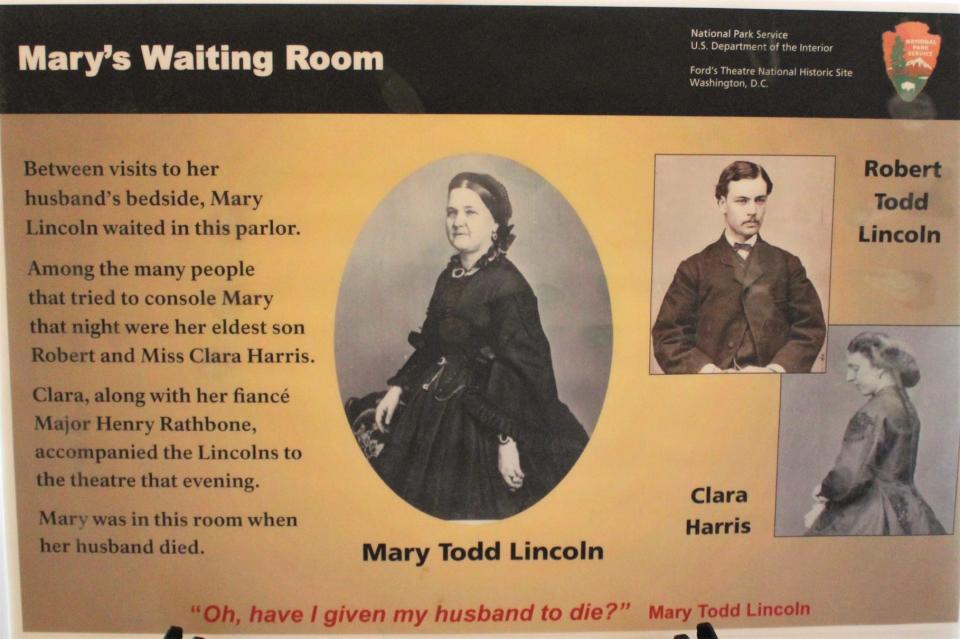
“You want to try the Petersen House again?” I asked. “Perhaps this time I will feel something.”
A shake of her head and I knew that suggestion was dead to all hearing ears.
Is either Ford’s Theater or the Petersen House haunted, or do they have paranormal activity? Speaking to other Park Rangers, they admit that many visitors see or feel things that defy conventional explanation. For my part, I have no idea, but from what I experienced with Laureen’s reactions and speaking with Jada, I would not doubt that there is something in both places that may need more investigation.
For further information: https://www.nps.gov/foth/the-petersen-house.htm
John can be contacted at beyersbyways@gmail.com
This article originally appeared on Victorville Daily Press: A visit to The Petersen House, where President Abraham Lincoln died

